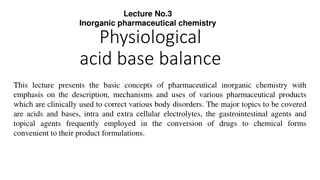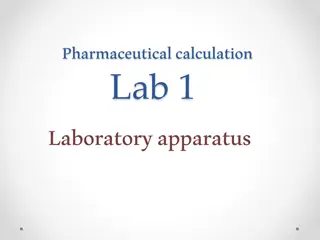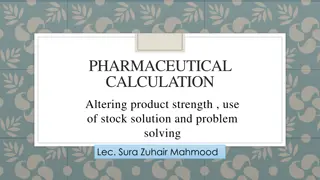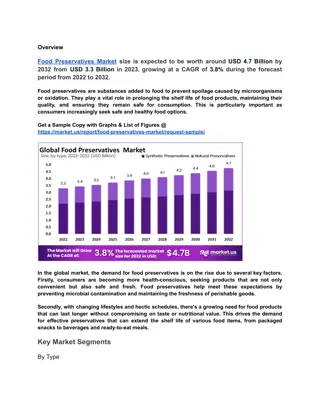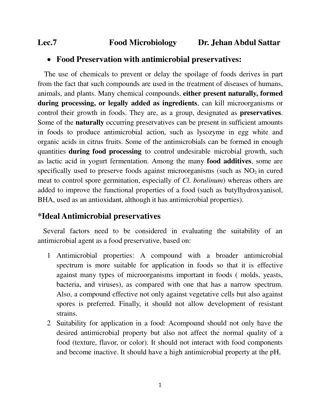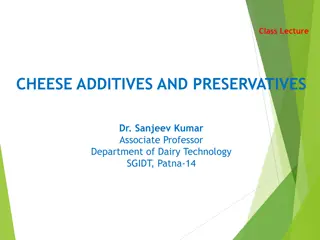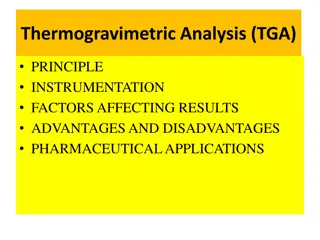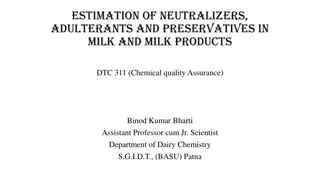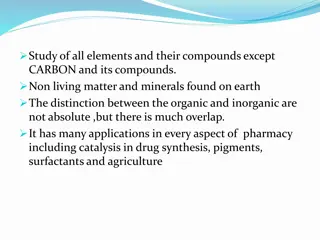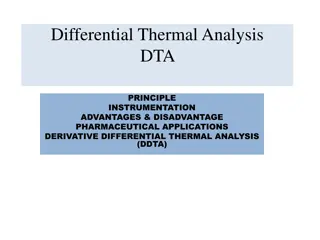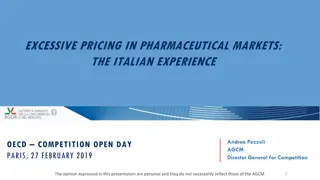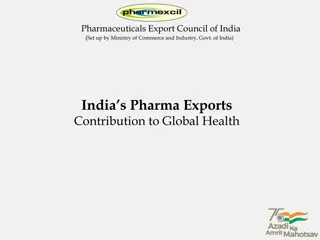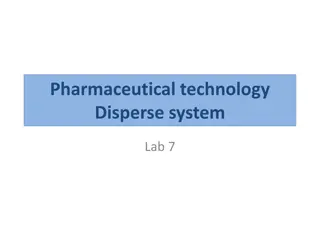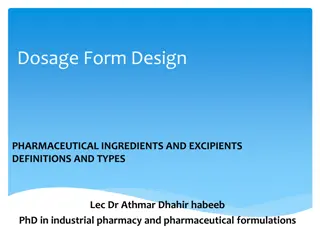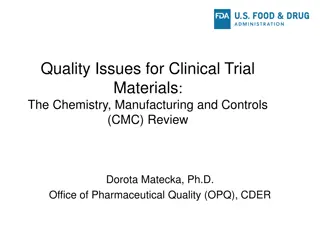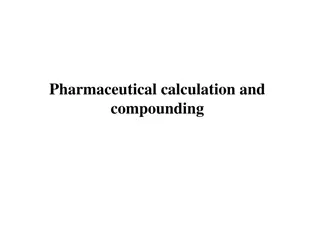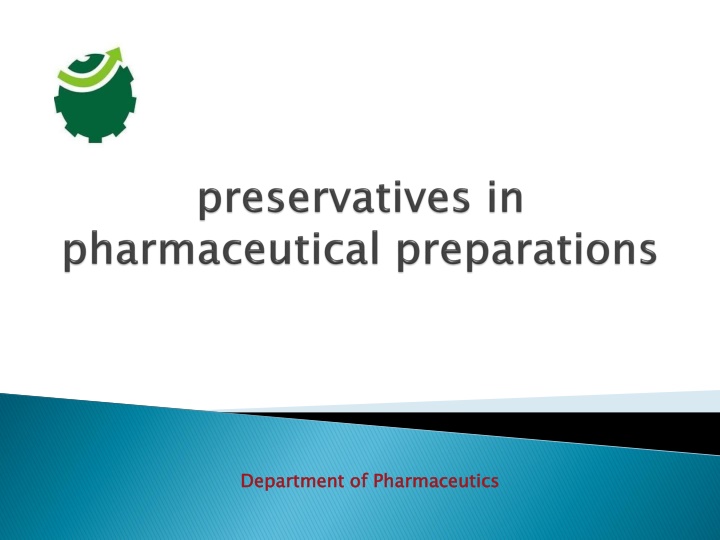
Preservatives in Food and Pharmaceutical Products
Learn about the role of preservatives in prolonging the shelf life of foods and pharmaceutical products. Explore the characteristics of ideal preservatives, classification based on source and mechanism of action, and factors affecting their efficacy.
Download Presentation

Please find below an Image/Link to download the presentation.
The content on the website is provided AS IS for your information and personal use only. It may not be sold, licensed, or shared on other websites without obtaining consent from the author. If you encounter any issues during the download, it is possible that the publisher has removed the file from their server.
You are allowed to download the files provided on this website for personal or commercial use, subject to the condition that they are used lawfully. All files are the property of their respective owners.
The content on the website is provided AS IS for your information and personal use only. It may not be sold, licensed, or shared on other websites without obtaining consent from the author.
E N D
Presentation Transcript
Department of Pharmaceutics Department of Pharmaceutics
Preservatives are substances that are commonly added to various foods and pharmaceutical products in order to prolong their shelf life.
1. Non-irritant. 2. non-toxic. 3. stable. 4. compatible with other ingredients used in formulation. 5. good antimicrobial agent and should exert wide spectrum of activity.
6.It must be potent. 7. It should maintain activity throughout product manufacturing, shelf life and usage. 8.not adversely affect patient safety or tolerance of the product. Department of Pharmaceutics Department of Pharmaceutics
Department of Pharmaceutics Department of Pharmaceutics
Department of Pharmaceutics Department of Pharmaceutics
Department of Pharmaceutics Department of Pharmaceutics
BASED ON MECHANISM OF ACTION 1.Antioxidants: Eg. Vitamin E, Vitamin C Butyl dihydroxy toluene (BHT). 2. Antimicrobial agents: Eg. Benzoates ,Sorbates Department of Pharmaceutics Department of Pharmaceutics
3. Chelating agents: Eg. Disodium ethylenediamine tetraacetic acid (EDTA) Polyphosphates Citric acid
CLASSIFICATION BASED ON SOURCE 1. Natural Preservatives: Eg. Neem Oil,Salt (sodium chloride), Lemon, Honey 2. Artificial Preservatives: Eg. Benzoates, Sodium benzoate, Sorbates, propionets, nitrites. Department of Pharmaceutics Department of Pharmaceutics
Factors Affecting the efficacy of Preservatives Temperature capacity Presence of inactivating agents Concentration Inoculum Size product pH
Container and Packaging Type and Initial Level of Contamination Chemical Structure of the Preservatives
Test organisms that are recommended by all of the pharmacopoeias include, Gram positive coccus, Staphylococcus aureus. Gram negative rod, Pseudomonas aeruginosa. Fungi / mold, Aspergillus niger. Yeast, Candida albicans.
Evaluation of microbial stability of formulations: Contamination occurs from two origins: during production and filling during usage Common test procedures: screening tests quantitative tests Screening tests Dip slides Plate count methods

